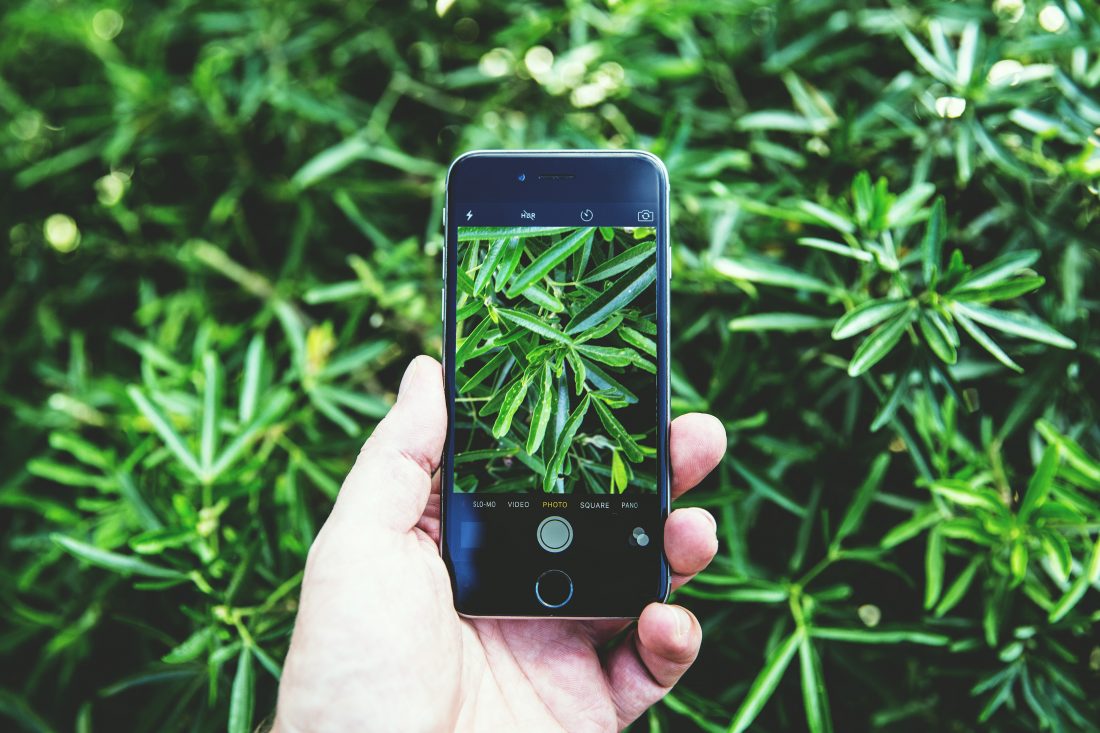Just about everyone has a camera these days at all times thanks to smartphones. Which means you can be at the ready to grab a quick photo here and there whenever the mood strikes. However, just because you have a camera in your pocket, doesn’t mean you’ll automatically take stellar photos. To do that, you need to have a clear understanding of how mobile photography works and how you can best take high-quality photos — every time — with any current smartphone. With this in mind, we’ve compiled nine tips for accomplishing just that.

Clean the lens!
First thing’s first: you need to clean your camera lens. Even if your phone has a case, it’s likely spending a lot of time in your pocket or purse and even in your hands, which means the camera lens is getting smudged and scratched quite frequently. Before you take any photos, prepare ahead of time by cleaning the camera lens with a soft microfiber cloth.
Get familiar with your phone’s settings
Next, you need to spend some time familiarizing yourself with your phone’s settings. This means long before you try to take photos, sit down with your phone and explore all the settings available. Read the manual that came with your phone. Take sample photos in different lighting and situations. Play with the exposure and focus settings. That way, when you go to take your real photos, you’ll be able to make the adjustments you need on the fly, without stumbling or panicking before you lose your shot.
Set your focus
Before you take a photo, be sure to pay mind to your focus settings. Camera phones generally focus on the foreground in the frame but this isn’t always what’s required. Often, all you need to do to set the focus is tap on the screen where you want the focus to be sharpened up. You can even apply this to objects in motion. Tap the object you want the camera to focus on immediately before taking a photo to make it as clear as possible. Or, use the burst setting so you can select from a set of photos.
Gridlines are your friend
Another thing you need to take advantage of are gridlines. You can turn this setting on within the camera settings on your phone. Doing this will add a set of lines across the camera view. With this feature enabled, you can use it to better position the object or point of interest of your photo. This way, any image you take will be balanced both horizontally and vertically.
Pay attention to lighting
Lighting is another aspect you must pay attention to in mobile photography and something you can tweak and adjust from within your phone’s settings. Experimenting with different physically lighting situations matters a whole lot, of course. And you won’t know how lighting will look until you take photos of various subjects within different circumstances. A few rules of thumb: avoid down lighting and backlighting. Place the subject of your photo by a window or outside at dawn or dusk.
Be mindful of details
Digital zoom should be avoided at all costs, so how do you capture photos of those small details? By using some crafty focusing techniques. When you have a small detail you want to capture, you can zero in on it by placing your hand in line with the subject. Set the phone to focus on your hand, then take your hand away and take the photo. Most often, this will result in a clear, detailed photo.
Avoid shaky shots
Another thing you can do is stabilize your photos. There’s nothing worse than thinking you’ve captured a beautiful shot only to realize it’s ruined by blur or shakiness. You can avoid this by changing the way you hold your phone. Holding your phone horizontally gives you more control and also a wider frame to capture your subject. We mentioned burst mode above, which is another great way to avoid shakiness. Or you can set your camera up on a tripod to eliminate the risk entirely.
Adjust the white balance
While the cameras on smartphones often adjust the white balance automatically, you can manually adjust this as well. If the tone of the image you want to capture is off, adjust the white balance within the manual mode settings. This ensures your images look natural and not overloading on any single shadow or highlight color.
Pay mind to saturation & contrast as well
Lastly, you need to adjust the saturation and contrast. Increasing the saturation makes the individual colors within a photo more prominent. Increasing the contrast changes how the brightness and color in a photo interact. It might take some playing around to land on the right settings for the scene you want to capture.
Take Better Mobile Photography Now
While there are other factors for taking great mobile photography, the above nine tips are more than enough to experiment with to produce higher-quality photos, no doubt. So, take some time to play around with your phone’s settings, be mindful of how you set up your shots, and always wait for good lighting. And beyond that, don’t be afraid to try something new. Good luck!
